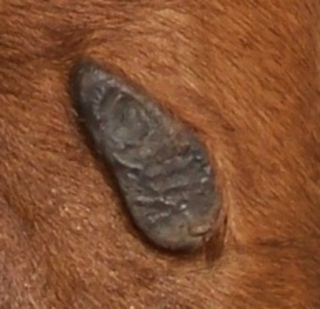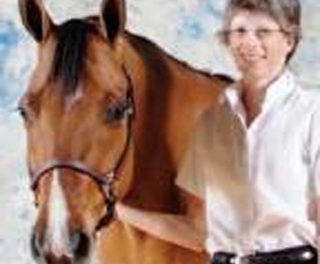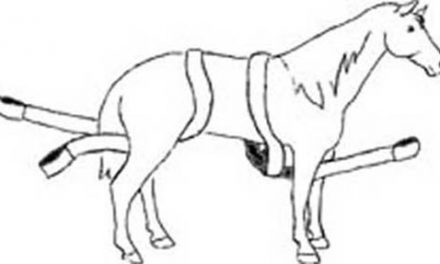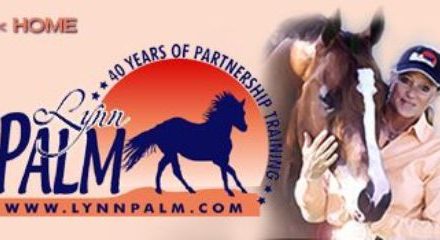The Way of Horses
Chestnuts roasting on an open fire.
Are they castanea or aesculus?
Better know: results could be dire!
Sweet chestnuts (castanea family) are the roasting nuts in a popular Christmas carol. These nuts are safe for you or a horse to eat.
Horse-chestnuts (aesculus hippocastanum) (not the “chestnuts on the horse’s leg) are poisonous.
Ohio Buckeyes (Aesculus glabra) and California Buckeyes (Aesculus californica) are examples of other members in the species that you don’t want to eat.
The toxic substance in aesculus is esculin (aesculin), a hydroxycoumarin glycoside. It thins the blood, damages internal organs and muscles.
The toxin is present in the nuts, leaves or new growth. Symptoms of poisoning are depression, muscle tremors or spasms, lack of coordination, colic, pain and paralysis. Death is a possibility.
The amount consumed plays a big role in recovery. If a horse has eaten a small amount, the toxins are readily flushed from the system. Fluids given intravenously will aid in dilution and passage of the toxin. The administration of mineral oil, via a stomach tube, will serve as a laxative and help remove the toxin.
Horses and other animals, such as cattle and pigs, will eat the poisonous nuts, leaves or shoots. Knowing which type of tree is growing on your property is important. It’s also good for humans to know which type of nut they are roasting and serving to family during the holidays.
Identification is fairly easy.
The nuts of both aesculus and castanea are encased in a heavy jacket or husk.
The aesculus (poisonous horse-chestnut or buckeye) husk has short green sparsely scattered spines over the surface or is completely smooth in some varieties. Upon ripening the husk separates into two or three sections, exposing the nut.
The castanea (non-poisonous sweet chestnut) husk is covered with “hair-like” spines, resembling a burr. When ripe the husk may divide into two or four sections, depending on the variety.
The nut of the poisonous horse-chestnut or buckeye is smooth brown with a circular, light-colored “eye” on one end. (Hence the name: “buckeye” because of the resemblance to a buck deer’s eye.”)
Located on the inside of each leg of a horse is another chestnut. These chestnuts are thought to be the remnants of a toe.
Prehistoric horses were multi-toed creatures and as they evolved they used the middle toe to support weight. The unused extra toes eventually disappeared leaving the chestnut and ergot (located under the hair on the back of the fetlock).
The chestnuts on the inside of the legs may be gently removed if the horny growth becomes unsightly. Soften them with petroleum jelly or remove them after a bath. If your horse will stand quietly, use a knife (a hoof knife works well) and carefully cut the growth back. Your farrier may also trim them, if needed.
And, these chestnuts are edible, to which my dogs will attest!
* For information about caring for and feeding horses take the online courses “Stable Management” and “Nutrition for Performance Horses” taught by Eleanor Blazer. Earn certification or work toward a Bachelor of Science degree in equine studies. Go to www.horsecoursesonline.com for more information. Visit Eleanor’s web site at www..com






